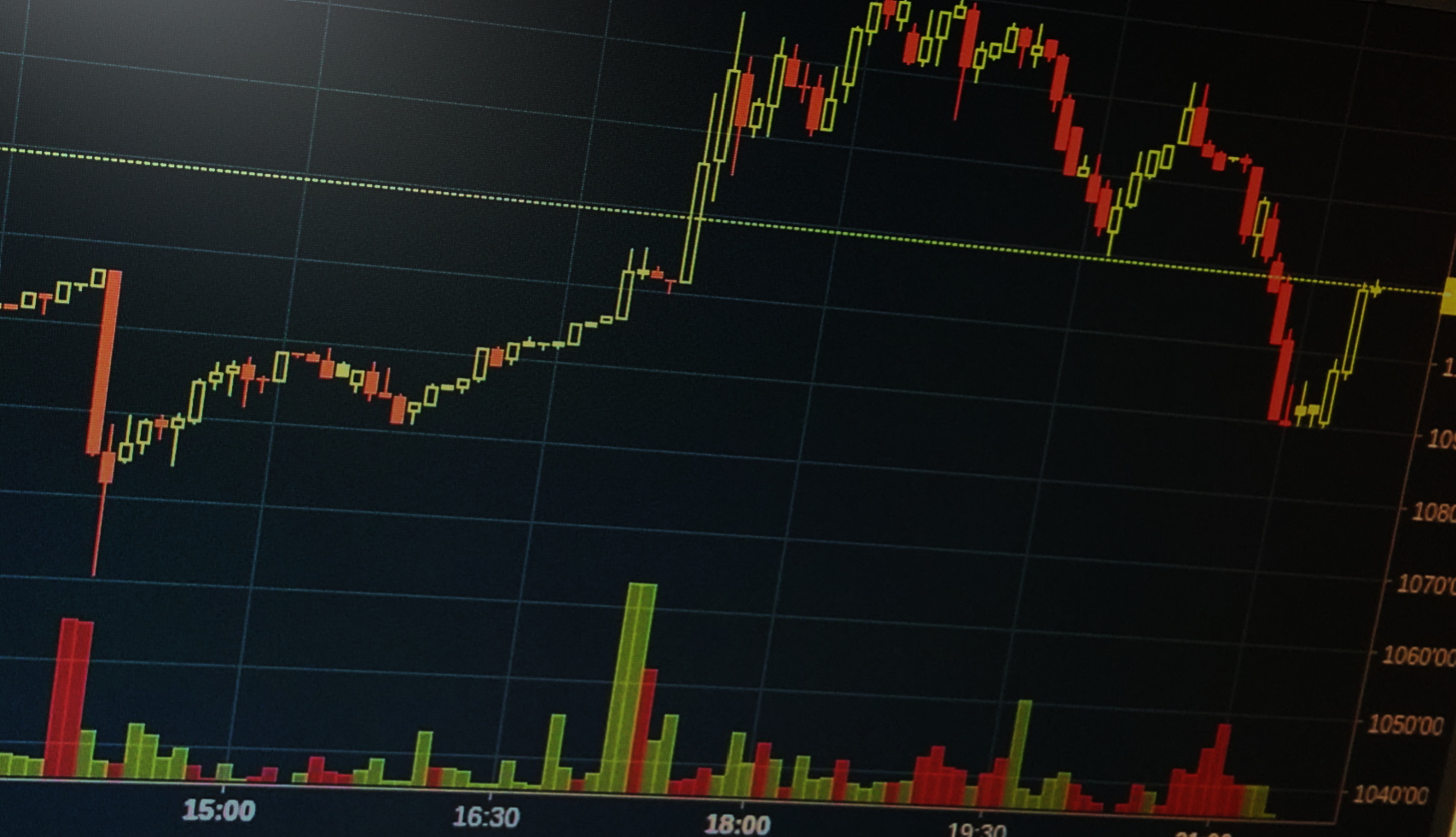Since July 1, 2015, the December 2016 corn contract has traded at or above $4.40 per bushel on 15 different trading days. For producers, these rallies represent a window during which they could have sold 2016 sorghum or corn at a profit. Producers who missed this opportunity should not kick themselves for not pulling the trigger and selling. Instead, they should resolve to gain better knowledge of their costs and be prepared to start selling when prices rally above their breakeven point.
Producers should also keep rallies in mind as they start to make 2017 cropping decisions. In this otherwise difficult economy, both sorghum and corn are one rally away from profitability. Several producers did make sales during the early June corn rally, for example, and will be profitable this fall. Many of these producers did the same during a July 2015 rally, and some made sales in summer 2014 as well. Notice a pattern?
The central plains will, in my opinion, see a significant increase in spring crop acres when planters roll in 2017–driven by the liquidity of the corn market. High frequency trading, global connectivity and solid returns have attracted billions of dollars in speculative investment to commodity markets. Many have decried this action as an unwanted intrusion of Wall Street into agriculture, but it is unlikely producers would have had the aforementioned 15 opportunities to market this year’s crop above breakeven without the liquidity speculative funds provide.
What other factors should producers consider when thinking about 2017? Why should producers stick with or increase acres of coarse grains? Although the underlying fundamentals of world grain markets are not terribly bullish, little room exists for disruptive worldwide production or geopolitical hiccups.
Yes, the last two marketing years saw the highest world corn stocks-to-use ratios since the early 2000s, and this marketing year could add to the glut. However, consumption tells a different story. In the 2015/16 marketing year, world corn consumers actually took a bite out of stocks, using almost 102 percent of the year’s production–the highest consumption-to-production ratio since the 2006/07 marketing year and well above the 10-year average of 99 percent.
I am not saying Brazil will plunge into drought or an outbreak of war will cripple the Suez Canal and roil world financial markets before producers start 2017 fieldwork. These examples are black swan events that are almost impossible to predict and this unpredictability is the key. Without slack on the world coarse grain balance sheet (no slack can be found in sorghum as the crop’s world stocks-to-use ratio is at its lowest point in 15 years with consumption at 101 percent of production), significant risk premiums must remain in the market.
What does this situation mean for sorghum and corn producers in the U.S.? Periodic rallies led by speculators trading risk and taking profits before black swans make them disappear. In other words, opportunities to lock profits in difficult years.
Producers should always keep in mind profitable marketing takes a thorough knowledge of costs. Neither the best marketer nor the best producer can survive long without knowing when profit opportunities exist. The summer rallies of the past three years demonstrate the power of this knowledge and the bright opportunity for sorghum and corn in 2017.
Chris's columns appear in Kansas Farmer magazine monthly. You can view this column published in the online edition here.

